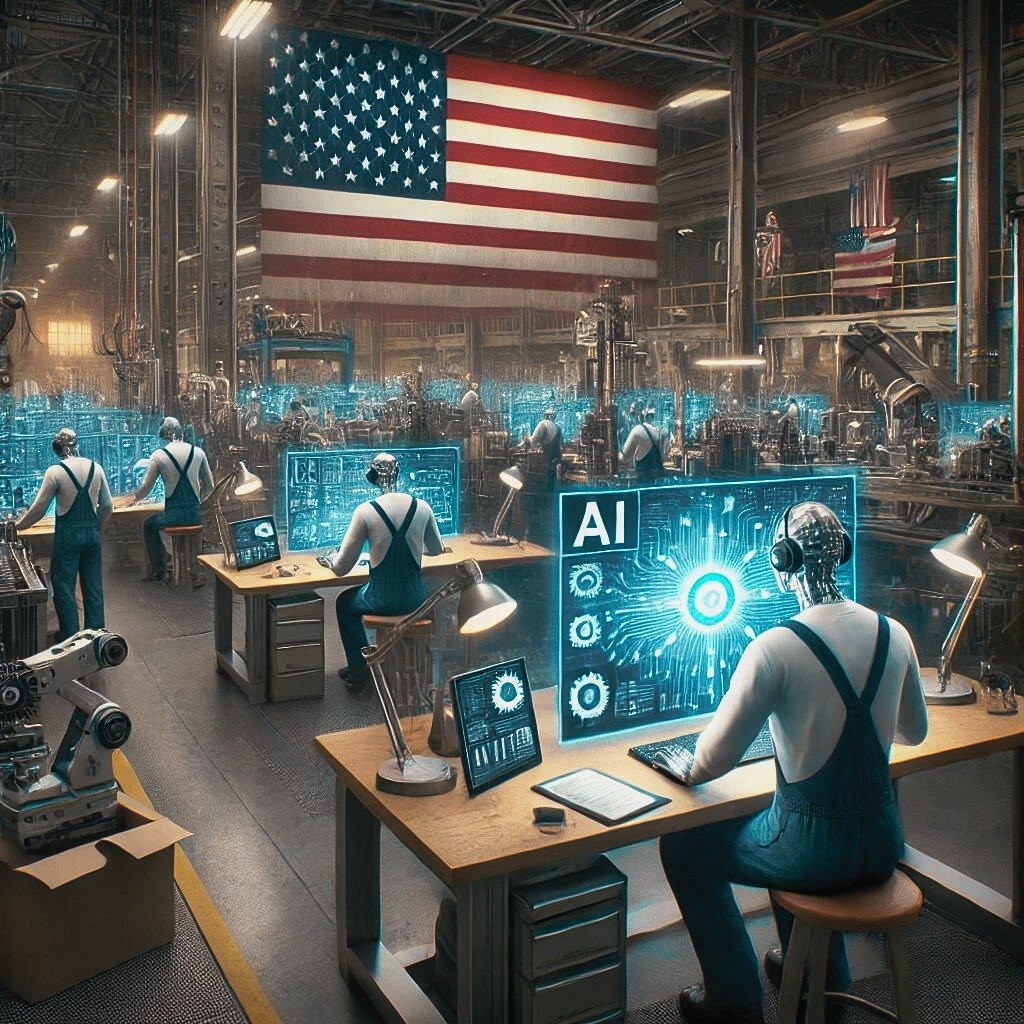If you’ve been hearing buzz about Micro-Data Centers lately, you’re not alone! These little powerhouses are changing how we think about cloud computing. So, what exactly is a Micro-Data Center? In simple terms, it’s a compact data hub that houses servers and networking components in a single unit. This means you can store, manage, and process large amounts of data, all without needing a massive facility.
Micro-Data Centers are designed for efficiency. They're equipped with advanced technology like GPUs (graphics processing units) and AI (artificial intelligence) to help with heavy lifting when it comes to data processing and computing tasks. Since they are smaller and more flexible than traditional data centers, businesses can deploy them closer to where they need to use their data. This can improve connectivity, reduce latency, and ultimately enhance the user experience.
Think about it—leading tech giants like AWS, Microsoft, and Google are always trying to optimize how we access and manage our cloud servers. Micro-Data Centers fit right into that vision. By putting computing power closer to end-users, they not only save time but also improve accessibility to critical data and applications. This is particularly important as more industries rely on real-time processing and fast connectivity.
Plus, the scalability of Micro-Data Centers is a game changer. If your data needs grow, you can easily expand your system without the hassle of a major infrastructure overhaul. So whether you’re a small startup or a big corporation, these compact data centers can adapt to your needs, making them a smart choice in today’s tech landscape.
Benefits of Micro-Data Centers
Micro-Data Centers are changing the game in cloud computing, and if you’re curious about what makes them so beneficial, you’re in the right place! These mini powerhouses bring data processing closer to users, which is key for faster connectivity and improved performance. With the rise of AI and the increasing demand for real-time computing, Micro-Data Centers allow businesses to run servers that can handle the workload effectively.
One of the biggest perks is that they use GPUs (Graphics Processing Units) to optimize computing tasks. This technology makes it easier to manage massive amounts of data without the lag that often comes with traditional data centers. For companies like AWS, Microsoft, and Google, integrating Micro-Data Centers into their offerings means better service for users and a more efficient way to utilize resources. It’s a smart solution for businesses aiming to stay ahead in a competitive landscape.
Another advantage is flexibility. Micro-Data Centers can be deployed just about anywhere, which means businesses can set them up right where they need them. This cuts down on latency and enhances the overall user experience. Whether you’re streaming video, running complex algorithms, or processing large datasets, having that technology closer to you makes a real difference.
Lastly, these centers are designed with energy efficiency in mind. They require less power compared to traditional setups, making them a more sustainable choice. As companies focus on reducing their carbon footprint, Micro-Data Centers offer an attractive alternative, ensuring that you can keep your cloud servers running while being kind to the planet. With a combined focus on performance and sustainability, it’s no wonder that Micro-Data Centers are becoming a staple in modern computing.
Comparing Micro and Traditional Data Centers
When it comes to the world of cloud computing, understanding the difference between Micro-Data centers and traditional data centers is key. Micro-Data centers are compact setups that house servers, GPUs, and other tech essentials in a smaller footprint compared to their traditional counterparts. This means they can be deployed closer to the user, enhancing connectivity and reducing latency. If you've ever wished for quicker access to cloud servers, you might want to look into these innovative setups.
Traditional data centers often require large amounts of space and can be costly to maintain. They house hundreds or even thousands of servers but can lead to delays when it comes to processing and transferring data. In contrast, Micro-Data centers bring computing power to the edge, enabling faster responses for AI applications and other tech that rely on real-time data processing. Companies like AWS, Microsoft, and Google are jumping on board with this technology, realizing its potential in today's fast-paced digital landscape.
Another significant advantage of Micro-Data centers is their energy efficiency. Since they use fewer resources than traditional setups, they often come with lower operational costs. This makes it easier for businesses to scale up their computing needs without breaking the bank. With their ability to integrate with existing cloud services, they allow companies to leverage the best of both worlds—combining the benefits of cloud computing with the responsiveness of local data processing.
As the demand for rapid computing continues to grow, especially with AI and big data projects, Micro-Data centers are becoming indispensable. They facilitate the seamless movement of data and enhance overall system performance, making them a perfect choice for businesses looking to innovate. If you’re considering your options, think about how Micro-Data centers can fit into your tech strategy and improve how you connect to the cloud.
Future of Cloud Computing with Micro-Data Centers
The future of cloud computing is looking brighter than ever, thanks to the rise of micro-data centers. These compact, efficient units are changing the way we think about data storage and processing. Imagine having cloud servers right on the edge of networks, closer to where the data is generated. This means quicker responses and better connectivity for all your needs.
With advancements in AI and GPUs, these micro-data centers offer impressive computing power in a small footprint. They can handle everything from data processing to real-time analytics, making them a game-changer for businesses of all sizes. Companies like AWS, Microsoft, and Google are already integrating these technologies to improve their services.
One of the coolest aspects of micro-data centers is their ability to scale. As your data needs grow, these centers can adapt without the need for huge, traditional setups. This flexibility means businesses can invest in technology that truly matches their requirements while keeping costs in check.
In a world where data is king, the connection between micro-data centers and the cloud is more important than ever. They don't just enhance data processing; they also improve the overall user experience. By lowering latency and increasing speed, these centers help ensure that the right data gets to the right place at the right time. This is what the future of computing looks like—fast, efficient, and incredibly connected.

